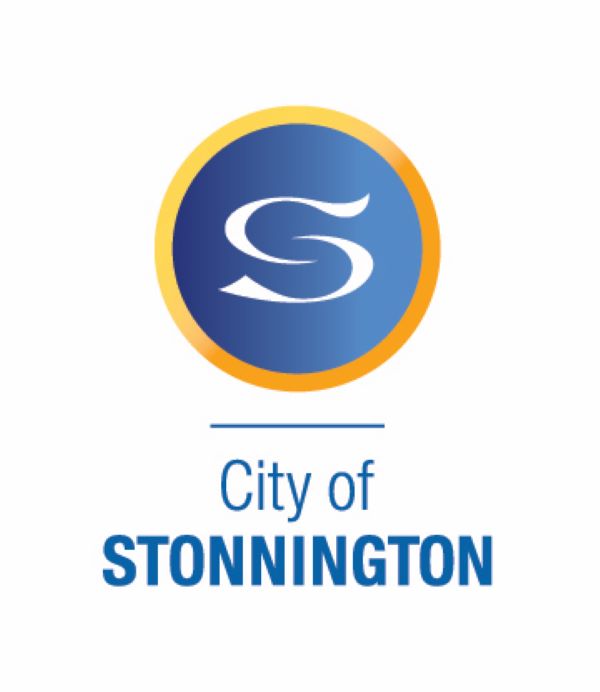Exploring the wonders of Herring Island. We joined in!
Read about Annette Leishman's adventure.
How many people have had the chance to discover Herring Island? Not many it seems. But a few more of us have now.
On a fresh morning in late February, a group of enthusiastic adventure seekers from Blind Sports and Recreation Victoria, had the opportunity to explore Herring Island. The island is nestled within an Aboriginal cultural landscape in the traditional country of the Wurundjeri People. The man-made island situated on the Birrarung ‘Yarra River’ is only 4 km from the bustling central business district of Melbourne.
Our trusty guides
Our guide was retired Parks Victoria ranger and BSRV volunteer, John Kenright, and two Herring Island Parks Victoria rangers, Georgia and Doug. The only way to get to the island is by punt. With Georgia’s capable sea-woman-ship, she skilfully drove the punt, ferrying us across the tranquil waters of the Yarra River in two groups of ten. The journey was short, only about five minutes to the island’s jetty.
The unique sculptures
As well as an abundance of native flora and fauna, the island is known for its amazing sculptures, an innovation by Parks Victoria and Maudie Palmer, an Australian modern and contemporary visual artist. In 1996, together, they developed the concept for an environmental sculpture park. Over the next five years, nine unique sculptures were added to the landscape.
The sculpture trail takes about two hours to complete and meanders around the island in a loop. We had plenty of time to stop, enjoy, and learn about each sculpture, as well as the flora, fauna and history of the area.
The water birds
Our first stop was at a great vantage point overlooking the Yarra River. The tide was low, so there was an abundance of water birds such as seagulls, dusky moorhens, ibises and cormorants on the mud flats taking in the cool morning air.
The history
John took out his trusty notes and gave us a brief history lesson. Herring Island was originally a quarry in the 1800s. In 1928, engineers redirected the river's course by excavating a new path through the disused basalt quarry in Richmond, thus changing the flow of the river and mitigating flood risks. Despite these measures, the island faced its greatest challenge in 1934 when the region experienced its largest recorded flood, submerging Herring Island entirely. Following the flood, levee banks were built and community re-vegetation projects were initiated.
The sculptures
John also explained each sculpture and offered us the opportunity to feel the textures of the natural materials that were used in the works. The sculptures, all developed by Australian environmental artists were big, fascinating and each one had a story to tell. Bluestone, limestone, wood, sandstone, granite, Red Gums and other native plants and materials collected from local and regional areas in Victoria were used to create each sculpture.
Learn more about the native birds of Herring Island Park
Discover Herring Island on the Parks Victoria website
A special thanks to John Kenright and Parks Victoria for all their support, as well as the City of Stonnington.


VIEW MORE NEWS AND EVENTS


